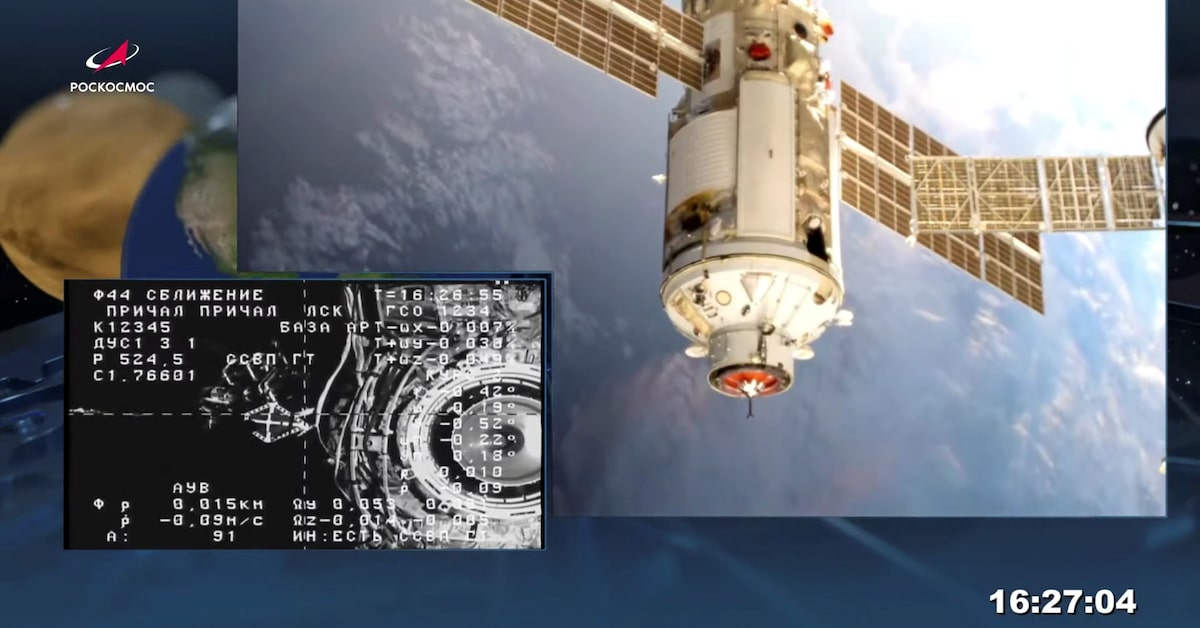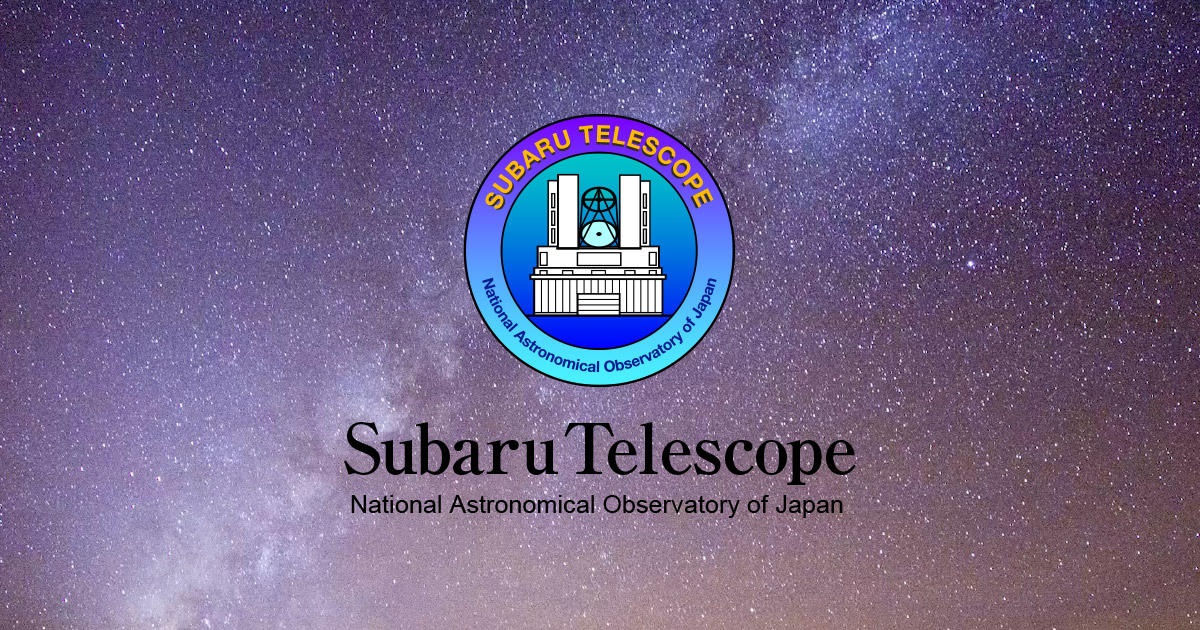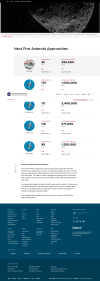You are using an out of date browser. It may not display this or other websites correctly.
You should upgrade or use an alternative browser.
You should upgrade or use an alternative browser.
Near-Earth objects and close calls
- Thread starter Gawan
- Start date
XPan
The Living Force
Fireball seen over Norway and parts of Sweden
went down south of Oslo, 25 July 2021
Swedish *cough* mainstream media, DN.se, writes:
Important note:
the video the user is referring to - I noticed that whomever cut, mixed and uploaded it - clipped in the middle of it, another but different meteor event in; that from 7 Nov 2020 over middle Sweden.
The length of the meteor over Norway from 25 July 2021 was - in my opinion - of shorter duration compared to the 7 Nov 2020 event 65-70 km from Stockholm, where the latter was both longer and slightly brighter. By the way the remnants of it, 14 kg, have been found - where Sott.net listed a Live Science article about it
However, it it wasn't over Uppsala, > but outside of Enköping !

25 July 2021 (over Norway i suppose)

Speaking of the 7 Nov 2020 Swedish meteor
I saw the cyan greenish light illuminating more than half of the sky over Stockholm - because I had just arrived with my train at the end station at Åkeshov, outside the city, in the WNW of Stockholm - and the direction of my train cabin was favorable located towards WNW (where the meteor went down, only 65-70 km away). Albeit the driver cabin's drapery was pulled down a lot, through the side, I could see that the (overcast) sky suddenly lit up - which by instinct reminded me of a light level equivalent to a dull, overcast afternoon winter day - but with strong cyan color cast.
I knew within a nanosecond that it (likely) was a meteor.
And it was.
went down south of Oslo, 25 July 2021
Swedish *cough* mainstream media, DN.se, writes:
The light phenomenon occurred around 01:00 on Sunday night [25 July 2021] and is described as a huge fireball followed by a loud bang. The incident prompted many calls to the police and the media. SOS Alarm also received calls from concerned residents in both Nordic countries. In Sweden, the fireball is said to have been visible in Dalarna, Värmland, Jämtland, Närke and Sörmland, among other places.
- It was enormous. You almost got a bit scared, I thought: Is it the war of the stars coming, says Jonne Danielsson, who was in his cabin in Jämtland, to Expressen.
Vegard Lundby at the Norwegian Meteorological Office also witnessed the event and is convinced that it was a meteor.
- I have seen meteors many times but I have never heard such a loud bang after a meteor, he told NRK.
Youtube user:
Gabriel P J Gervais
> video
- It makes sense now. I was at home during the night, and suddenly the double glass doors leading out onto the balcony started to rattle, as if someone was shaking it back and forth, but I'm on the 4th floor in Oslo, and just couldn't find an answer or a reason in my mind why that should have happened: no wind, it was just quite a warm calm night. I walked out onto the balcony and saw my neighbours come out onto the lower balconies seeming curious, which confirmed they too had heard what I heard.... So.. now I know what it was
Important note:
the video the user is referring to - I noticed that whomever cut, mixed and uploaded it - clipped in the middle of it, another but different meteor event in; that from 7 Nov 2020 over middle Sweden.
The length of the meteor over Norway from 25 July 2021 was - in my opinion - of shorter duration compared to the 7 Nov 2020 event 65-70 km from Stockholm, where the latter was both longer and slightly brighter. By the way the remnants of it, 14 kg, have been found - where Sott.net listed a Live Science article about it
However, it it wasn't over Uppsala, > but outside of Enköping !
25 July 2021 (over Norway i suppose)
Speaking of the 7 Nov 2020 Swedish meteor
I saw the cyan greenish light illuminating more than half of the sky over Stockholm - because I had just arrived with my train at the end station at Åkeshov, outside the city, in the WNW of Stockholm - and the direction of my train cabin was favorable located towards WNW (where the meteor went down, only 65-70 km away). Albeit the driver cabin's drapery was pulled down a lot, through the side, I could see that the (overcast) sky suddenly lit up - which by instinct reminded me of a light level equivalent to a dull, overcast afternoon winter day - but with strong cyan color cast.
I knew within a nanosecond that it (likely) was a meteor.
And it was.
TYLER, Texas (KLTV) - A few minutes before 9pm on Sunday, many East Texans saw a “fireball” light up the sky, some hearing a loud boom. Reports of a possible meteor flooding into the East Texas newsroom Sunday night. A few of our viewers caught the event on camera and sent them in, so we put them into a compilation video.
The reports were as far south as the Lufkin area and as far north as Mount Vernon. NASA said the meteor was first seen 48 miles above Texas Highway 11, between Sulphur Springs and Winnsboro. It traveled 59 miles before fragmenting, all while moving northeast at 30,000 miles per hour. The fireball was at least as bright as a quarter Moon, which translates to something bigger than 6 inches in diameter with a weight of 10 pounds.
The American Meteor Society reported the fireball traveled in a northeasterly direction, lasting about four seconds. NASA’s Meteoroid Environment Office said the event was not part of the Perseid meteor shower, which happens each Summer.
“Objects causing fireballs are usually not large enough to survive passage through the Earth’s atmosphere intact, although fragments, or meteorites, are sometimes recovered on the ground,” according to NASA.
Do you have more videos or photos from the sighting? You can submit them here.
Continued:
Norman Station in Coroatá MA recorded this beautiful meteor at dawn on 06/24 If you saw this meteor. Make your report on this site:http://exoss.imo.net #exoss#meteoros#astronomia#fireball#boladefogo
Wow!

 www.reuters.com
www.reuters.com

International Space Station thrown out of control by misfire of Russian module -NASA
The International Space Station (ISS) was thrown briefly out of control on Thursday when jet thrusters of a newly arrived Russian research module inadvertently fired a few hours after it was docked to the orbiting outpost, NASA officials said.
Last edited:
Update, of the accidental thrusters activation on the ISS.
RT
The American Meteor Society
Jul 29, 2021
RT
BOLID #SPMN280721 WITH FRAGMENTATION recorded last morning at 1h28m21s TUC while flying over the Catalan coast. This is how it was captured by Cèsar Guasch (@MeteoSantMateu) from Sant Mateu (Castelló / Castellón). More details http://spmn.uji.es/ESP/SPMNlist.html@AstroAficion@astroamicsAround 16:45 GMT, however, the module’s thrusters began to fire, pushing the ISS about 45 degrees out of its normal rotation.
As the station began to spin, ground control told the crew to close the windows and fire thrusters on the ‘Zvezda’ service module as a counter. The Progress 78 robotic supply ship, which is currently docked with the station, also helped the process.
The move ended up “effectively countering” the errant thrusters, according to chatter from ground control picked up by reporters.
MOSCOW, July 30 - RIA Novosti. On Friday, Russian cosmonauts at the International Space Station (ISS) may temporarily move to their "neighbors" so that specialists can bring the fuel system of the Nauka module to a safe state by purging the highways with helium.
This follows from the conversations of the crew with the Earth , broadcast by NASA . Cosmonaut Oleg Novitsky asked a specialist from the Mission Control Center near Moscow to coordinate such a possibility with his American colleagues.
The Nauka module docked to the ISS Zvezda module on July 29 after an eight-day flight. It was launched on a Proton-M rocket on July 21, but at the time of launching into orbit one of the ground stations could not receive information from it. After a successful docking with the ISS, when the crew opened the module hatch, the Nauka's engines turned on unscheduled. To stabilize the ISS, the engines of the Russian Progress spacecraft were also brought into working condition, there was no threat to the crew.
NASA said that Russia will lead the investigation of the incident, and American engineers will also take part in it. Organization spokesman Joel Montalbano stressed that no damage was found during the docking.
Now the 65th expedition is working on the ISS, consisting of the Russians Oleg Novitsky and Peter Dubrov , the Americans Mark Vande Hai, Shane Kimbrow and Megan MacArthur, the Japanese Akihiko Hoshide and the Frenchman Tom Peske .
The American Meteor Society
Jul 29, 2021
We received 21 reports about a fireball seen over MI, Ontario and WI on Monday, July 26th 2021 around 05:26 UT.
Bright fireball captured streaking in the sky above Izmir, Turkey.

 sputniknews.com
By Max Gorbachev - 31.07.2021
sputniknews.com
By Max Gorbachev - 31.07.2021

The End is Nigh: Meteor Lighting Up Turkish Skies Amid Raging Wildfires Prompts Doomsday Scare
According to the National Aeronautics and Space Administration, several thousand meteors of fireball magnitude enter the Earth's atmosphere every day. Most of them are unnoticeable, however, as they appear in uninhabitable regions or...
Bright fireball captured streaking in the sky above Izmir, Turkey.
By Max Gorbachev - 31.07.2021
The End is Nigh: Meteor Lighting Up Turkish Skies Amid Raging Wildfires Prompts Doomsday Scare
According to the National Aeronautics and Space Administration, several thousand meteors of fireball magnitude enter the Earth's atmosphere every day. Most of them are unnoticeable, however, as they appear in uninhabitable regions or...sputniknews.com
Interesting how more and more we hear about "unusual" or rare celestial events. 
Recently this apparently very rare meteor outburst occurred:


Recently this apparently very rare meteor outburst occurred:

Subaru Telescope's Maunakea Live Camera Captures Rare Meteor Cluster | Topics & Announcements | Subaru Telescope
The "Subaru-Asahi Star Camera" installed at the Subaru Telescope dome on Maunakea, Hawai`i, captured a rare "meteor cluster event" in the early mornin...
subarutelescope.org
In the early morning hours of July 14, the camera captured an unusual phenomenon in which more than a dozen meteors streamed from the same direction in just 10 seconds.
This is a rare meteor outburst event associated with a "meteoroid cluster." A meteoroid cluster is thought to be caused by meteoric material breaking up into smaller pieces for some reason a short time before it enters the Earth's atmosphere. This phenomenon provides valuable information about the structure of meteor bodies. Meteoroid clusters are so rare that only a few cases have been reported so far since the phenomenon was first identified during the Leonid meteor shower in 1997 (Note 2).
Last edited:
Visible kites in August Still observable with small telescopes, comet C / 2020 T2 (Palomar) will begin to decrease in brightness from magnitude 10.5 to 11, being equaled at the end of the month by C / 2019 L3 (ATLAS), which will reach magnitude 11. In phase. .
12:48 PM · Aug 6, 2021
A long, long shooting star flew. It seems to be an earth grazing fireball that grabbed the earth in the Perseids meteor shower. August 6, 2021 https://youtu.be/dICzkCfMsmI
LIVE - Perseid Meteor Shower Radio Echoes from Minneapolis
The First Double Helium White Dwarf LISA Verification Source HST Proposal 16286
Next Five Asteroid Approaches
Aug 08, 2021 JPL
Attachments
Trending content
-
-
Thread 'Coronavirus Pandemic: Apocalypse Now! Or exaggerated scare story?'
- wanderingthomas
Replies: 30K -

